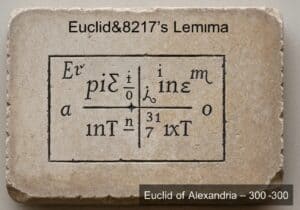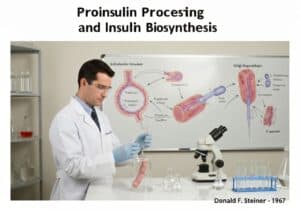A technique for solving first-order and hyperbolic second-order partielles Differential equations (PDE). The Verfahren reduces a PDE to a family of ordinary differential equations (ODEs) along specific curves called ‘characteristics’. Along these curves, the PDE simplifies, allowing the solution to be found by integrating the system of ODEs. It is particularly powerful for problems involving transport and wave propagation.
The core idea of the method of characteristics is to find curves in the domain of the PDE along which the solution’s behavior is simpler. For a first-order quasilinear PDE of the form [latex]a(x,y,u)u_x + b(x,y,u)u_y = c(x,y,u)[/latex], the method involves solving a system of ODEs called the characteristic equations: [latex]frac{dx}{dt} = a[/latex], [latex]frac{dy}{dt} = b[/latex], and [latex]frac{du}{dt} = c[/latex]. By solving this system, one can trace back the value of the solution [latex]u[/latex] from a point [latex](x,y)[/latex] to the initial data curve.
For hyperbolic equations, there are multiple families of characteristic curves. For the one-dimensional wave equation [latex]u_{tt} – c^2 u_{xx} = 0[/latex], the characteristics are the straight lines [latex]x pm ct = text{constant}[/latex]. Information, or the values of the solution, propagates along these lines. This is the mathematical basis for d’Alembert’s solution, which shows the solution as a sum of right- and left-traveling waves.
Ein wichtiges Merkmal der Methode bei der Anwendung auf nichtlineare Gleichungen ist ihre Fähigkeit, die Bildung von Stoßwellen oder Diskontinuitäten vorherzusagen und zu handhaben. Wenn sich die charakteristischen Kurven, die konstante Werte der Lösung tragen, schneiden, bedeutet dies, dass die Lösung versucht, am selben Punkt mehrere Werte anzunehmen. Dies signalisiert den Zusammenbruch einer glatten Lösung und die Bildung eines Stoßes – ein in der Gasdynamik und im Verkehrsfluss häufiges Phänomen.

























